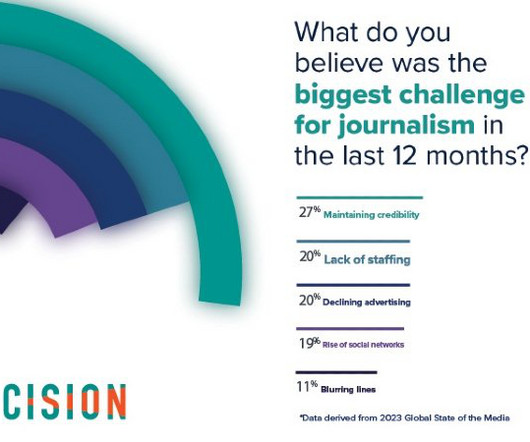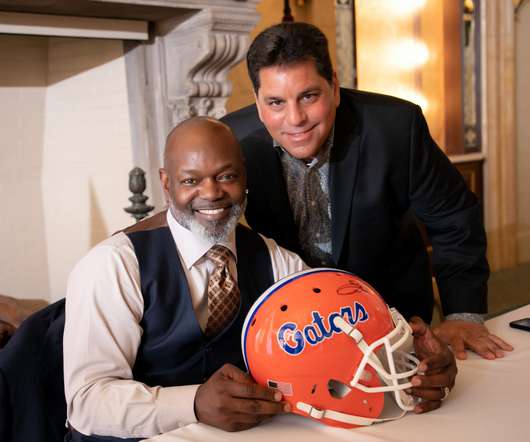AirPR Interview Series: Emmy Award Winning Journalist & PR Pro Mika Stambaugh
Onclusive
FEBRUARY 22, 2018
“Nail the elevator pitch.”. AirPR sat down with Mika and discussed unique communications strategies, moving from journalism to PR: AirPR: Tell us about TMI and how you help brands and organizations gain visibility and manage reputation. We focus on working with non-profits, small businesses, women CEOs and business owners.


















Let's personalize your content